GoSecure Announces $20M Funding to Accelerate Growth in North America
New funding will accelerate MDR growth as more companies look for help in an increasingly mobile world Montreal, QC and La Jolla, CA – GoSecure, an...
GoSecure Titan® Managed Extended Detection & Response (MXDR)
GoSecure Titan® Managed Extended Detection & Response (MXDR) Foundation
GoSecure Titan® Vulnerability Management as a Service (VMaaS)
GoSecure Titan® Managed Security Information & Event Monitoring (Managed SIEM)
GoSecure Titan® Managed Perimeter Defense (MPD)
GoSecure Titan® Inbox Detection and Response (IDR)
GoSecure Titan® Secure Email Gateway (SEG)
GoSecure Titan® Threat Modeler
GoSecure Titan® Identity
GoSecure Professional Security Services
Incident Response Services
Security Maturity Assessment
Privacy Services
PCI DSS Services
Penetration Testing Services
Security Operations

GoSecure MXDR for Microsoft
Comprehensive visibility and response within your Microsoft security environment
USE CASES
Risk-Based Security Measures
Safeguard sensitive information
Make informed decisions
Fulfill regulatory obligations
A valuable risk management strategy
Combat ransomware with innovative security
Halt zero-day exploits with advanced protection
Get ahead and win the race with the GoSecure Titan® Platform
24/7 MXDR FOUNDATION
GoSecure Titan® Endpoint Detection and Response (EDR)
GoSecure Titan® Next Generation Antivirus (NGAV)
GoSecure Titan® Security Information & Event Monitoring (SIEM)
GoSecure Titan® Inbox Detection and Reponse (IDR)
GoSecure Titan® Intelligence

ABOUT GOSECURE
GoSecure is a recognized cybersecurity leader and innovator, pioneering the integration of endpoint, network, and email threat detection into a single Managed Extended Detection and Response (MXDR) service. For over 20 years, GoSecure has been helping customers better understand their security gaps and improve their organizational risk and security maturity through MXDR and Professional Services solutions delivered by one of the most trusted and skilled teams in the industry.
LATEST PRESS RELEASE
New funding will accelerate MDR growth as more companies look for help in an increasingly mobile world Montreal, QC and La Jolla, CA – GoSecure, an...
GOSECURE BLOG
In part three of a series, GoSecure ethical...
The expert investigators at GoSecure Titan Labs...
GoSecure ethical hackers found a bug in MySQL...
RESOURCES
SECURITY ADVISORIES
The page you requested could not be found. Try refining your search, or use the navigation above to locate the post.
 Last month, we presented at Hack In Paris (France) a XML External Entities (XXE) exploitation workshop. It showcase methods to exploit XXE with numerous obstacles. Today, we present our method to exploit XXEs with a local Document Type Declaration (DTD) file. More specifically, how we built a huge list of reusable DTD files.
Last month, we presented at Hack In Paris (France) a XML External Entities (XXE) exploitation workshop. It showcase methods to exploit XXE with numerous obstacles. Today, we present our method to exploit XXEs with a local Document Type Declaration (DTD) file. More specifically, how we built a huge list of reusable DTD files.
 Some time ago; we published a blog about jenkins-fsb, a preconfigured Jenkins instance for efficiently using the plug-in, Find Security Bugs. In that blog post, there was an indication about multiple vulnerabilities having been found but not disclosed. Well, today we are sharing more details about the process of finding four different kinds of remote code execution in modern Java applications.
Some time ago; we published a blog about jenkins-fsb, a preconfigured Jenkins instance for efficiently using the plug-in, Find Security Bugs. In that blog post, there was an indication about multiple vulnerabilities having been found but not disclosed. Well, today we are sharing more details about the process of finding four different kinds of remote code execution in modern Java applications.
Last year, we published a blog post about the injection of ESI tags in pages to fool the web cache proxy, and in August 2018, our colleague Louis Dion-Marcil spoke at Defcon about the discovery of the ESI Injection uncovered by the GoSecure intrusion testing team. For those interested, the presentation has been released on the Defcon YouTube channel. Defcon and Black Hat gave us an opportunity to unveil how ESI implementations can lead to session leakage through the client web browser without any malicious JavaScript.
 This past July, Kevin Robertson from NetSPI released a blog post entitled, “Beyond LLMNR/NBNS Spoofing – Exploiting Active Directory-Integrated DNS,” which introduced a new technique (to us at least) targeting weak default access control in Active Directory Domain Services. At GoSecure, since most of our engagements require some level of Active Directory security assessment, we followed our interest and decided to find a way to reliably exploit it.
This past July, Kevin Robertson from NetSPI released a blog post entitled, “Beyond LLMNR/NBNS Spoofing – Exploiting Active Directory-Integrated DNS,” which introduced a new technique (to us at least) targeting weak default access control in Active Directory Domain Services. At GoSecure, since most of our engagements require some level of Active Directory security assessment, we followed our interest and decided to find a way to reliably exploit it.
 As part of our four-month internship at GoSecure, we chose to work on creating a Remote Desktop Protocol (RDP) honeypot. To achieve this, we used a Linux server with an RDP man-in-the-middle (MITM) program that redirects traffic to a real Windows Server.
As part of our four-month internship at GoSecure, we chose to work on creating a Remote Desktop Protocol (RDP) honeypot. To achieve this, we used a Linux server with an RDP man-in-the-middle (MITM) program that redirects traffic to a real Windows Server.